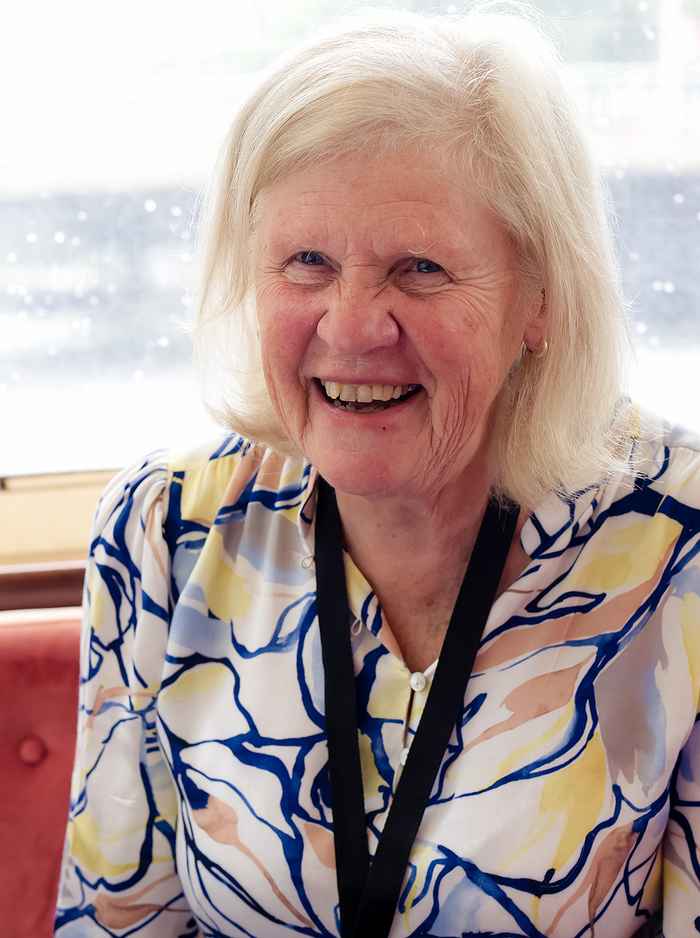5 questions for: Kino Jansonius
What led you to choose to study at the UvA?
‘When I met my husband, I was still studying in Leiden, but moving to Amsterdam for my Master's in Dutch Language and Literature—which later became General Linguistics—was a practical decision. We chose to continue together in Amsterdam.’

Why did you decide to establish the Jansonius Fund for Historical Cartography?
‘My husband passed away in 2012, and we didn’t have children. I was very grateful to him and his family for all they had done for me, so I wanted to set up something that would keep the Jansonius name alive. Since my husband and father-in-law were interested in historical maps, I decided to create a fund at the UvA—their alma mater—for this purpose. This way, their name remains in the spotlight.’
‘I went to the UvA with the fund because I have always been very grateful to the UvA: thanks to the UvA, I was able to build a career in clinical linguistics. The fund was placed with the Amsterdam University Fund and benefits what is now the Allard Pierson.’
‘Thanks to historical knowledge, we can better understand the future.’
What are you most proud of?
‘Through the fund, I have come into contact with many others who have also set up funds or otherwise contribute to historical cartography. I’m just a small part of the bigger picture. It makes me proud to see all the work being done in this field at the Allard Pierson.’
‘I’m also proud that interest in historical cartography is growing. It’s a unique group of people in an important field. I believe it’s essential to immerse ourselves in the past through these maps. By understanding history, we can better understand the future.’
What is your favourite memory of the UvA?
‘That would definitely be obtaining my doctorate. The entire Aula was packed! Of course, it’s not about how many people are there, but when you’ve worked so hard, and you get to celebrate that moment with so many people who know you and share in the joy—that was incredibly special.’
Do you have any advice for current UvA students?
‘While writing my thesis, I went through a very challenging period; I really had to persevere. That perseverance is a personal quality, but it also made me realise just how many people contributed to making it possible for me to study and complete my research. So, remember that many people are helping you on your academic journey. That is so valuable, and it shouldn’t be taken for granted.’